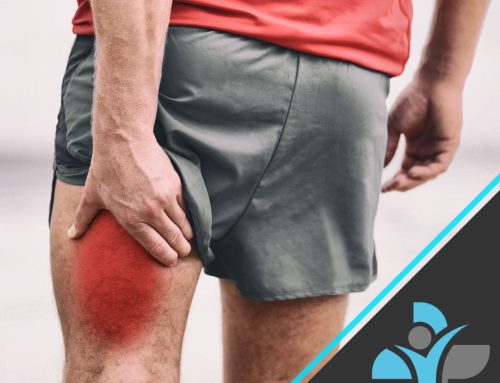
Exercises for lower back
Overview
Incorporating exercises that target the lower back into a well-rounded fitness routine can contribute to better posture, reduced risk of injury, improved functional movement, and overall spinal health. It’s important to perform these exercises with proper form and technique to maximize benefits and minimize the risk of injury.
Remember to consult with a healthcare professional before starting any new exercise program, especially if you have a history of lower back problems or injuries.
Anatomy
The lower back, also known as the lumbar region, is a complex structure consisting of bones, muscles, ligaments, nerves, and discs. Understanding the anatomy of the lower back is essential for maintaining spinal health and preventing injuries. Here’s an overview of the anatomy of the lower back:
Vertebrae: The lower back is comprised of five vertebrae known as L1 through L5. These vertebrae are the largest in the spine and bear much of the body’s weight. The vertebrae are separated by intervertebral discs, which act as cushions and provide flexibility to the spine.
Intervertebral Discs: Intervertebral discs are fibrous structures located between each vertebra. They consist of a tough outer layer called the annulus fibrosus and a gel-like inner core called the nucleus pulposus. Intervertebral discs help absorb shock, distribute pressure evenly along the spine, and allow for movement.
Spinal Ligaments: Ligaments are strong bands of connective tissue that help stabilize the spine and support its various movements. In the lower back, several ligaments run along the front, back, and sides of the vertebrae, including the anterior longitudinal ligament, posterior longitudinal ligament, ligamentum flavum, and interspinous ligaments.
Muscles: The muscles of the lower back provide support and stability to the spine, facilitate movement, and help maintain posture. Key muscles include:
Erector Spinae: This group of muscles runs along the length of the spine and helps extend the back and maintain an upright posture.
Multifidus: These small muscles lie deep in the spine and provide stability to individual vertebrae.
Quadratus Lumborum: Located on the sides of the lower back, these muscles help stabilize the pelvis and spine and assist with lateral flexion and extension.
Transversus Abdominis: While primarily considered part of the core musculature, the transversus abdominis also contributes to lower back stability by providing support to the lumbar spine.
Nerves: Nerves in the lower back transmit signals between the brain and the rest of the body, controlling movement and sensation. The lumbar spinal nerves branch off from the spinal cord and innervate the lower back, hips, buttocks, legs, and feet.
Understanding the anatomy of the lower back can help individuals take proactive measures to maintain spinal health, prevent injuries, and address any issues that may arise.Proper posture, regular exercise, flexibility training, and ergonomic practices can all contribute to a healthy lower back and overall spinal function.
Exercises
1. Superman: Lie face down on the floor with your arms extended overhead and your legs straight. Lift your arms, chest, and legs off the floor as high as possible and hold for a few seconds before lowering back down.
2. Bridges: Lie on your back with your knees bent and feet flat on the floor. Raise your hips towards the ceiling, keeping your feet and shoulders on the ground, hold for a few seconds, and lower back down.
3. Bird Dogs: Start on your hands and knees with your hands directly under your shoulders and your knees under your hips. Extend your right arm and left leg straight and hold for a few seconds before returning to the starting position. Repeat with your left arm and right leg.
4. Plank: Start in a push-up position with your arms straight and your wrists under your shoulders. Lower your forearms to the ground and hold your body straight from your head to your heels.
5. Cat-Cow Stretch: Start on your hands and knees with your hands directly under your shoulders and your knees under your hips. Arch your back towards the ceiling as you exhale, then round your spine as you inhale.
Focusing on proper form and starting with lighter weights or low repetitions is essential to prevent injury. If you have chronic or acute pain in your lower back, consult a healthcare professional before starting any exercise program.
If you need any advice on any exercises that target your lower back, get in touch with one of our personal trainers. Contact us by dropping an email at info@livewellhealth.co.uk or phone us on 0330 043 2501



